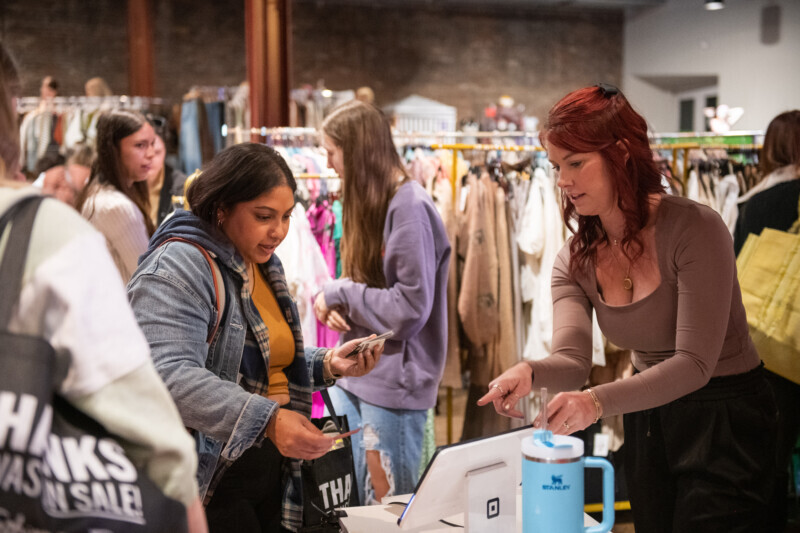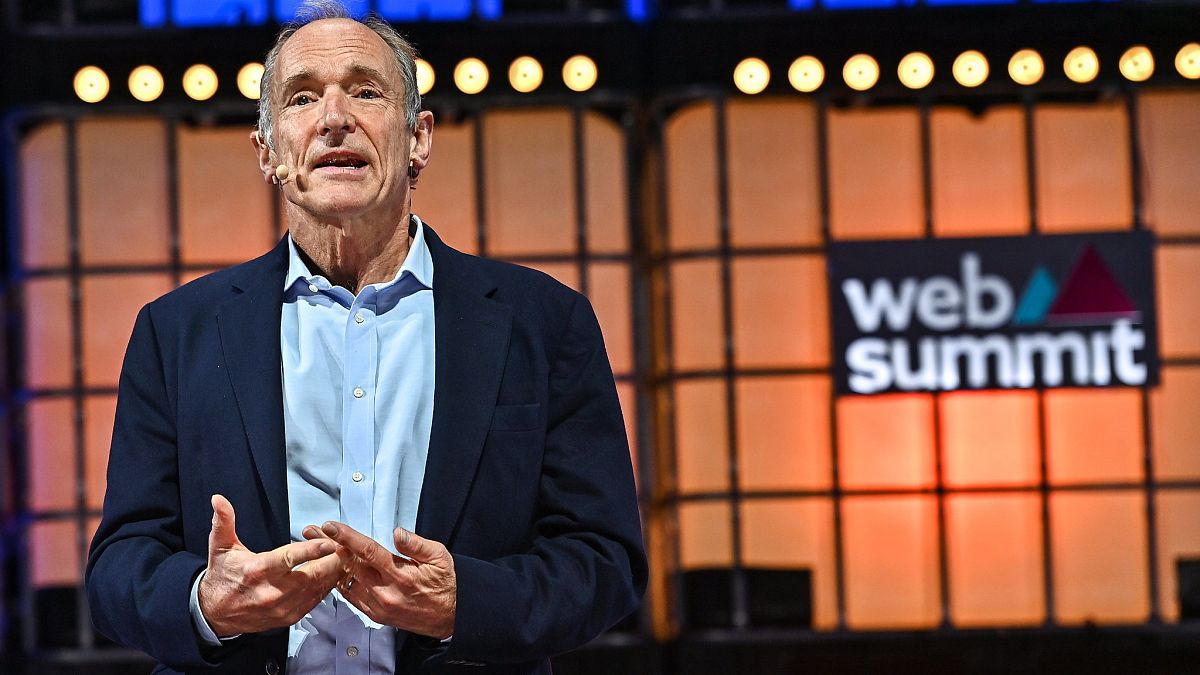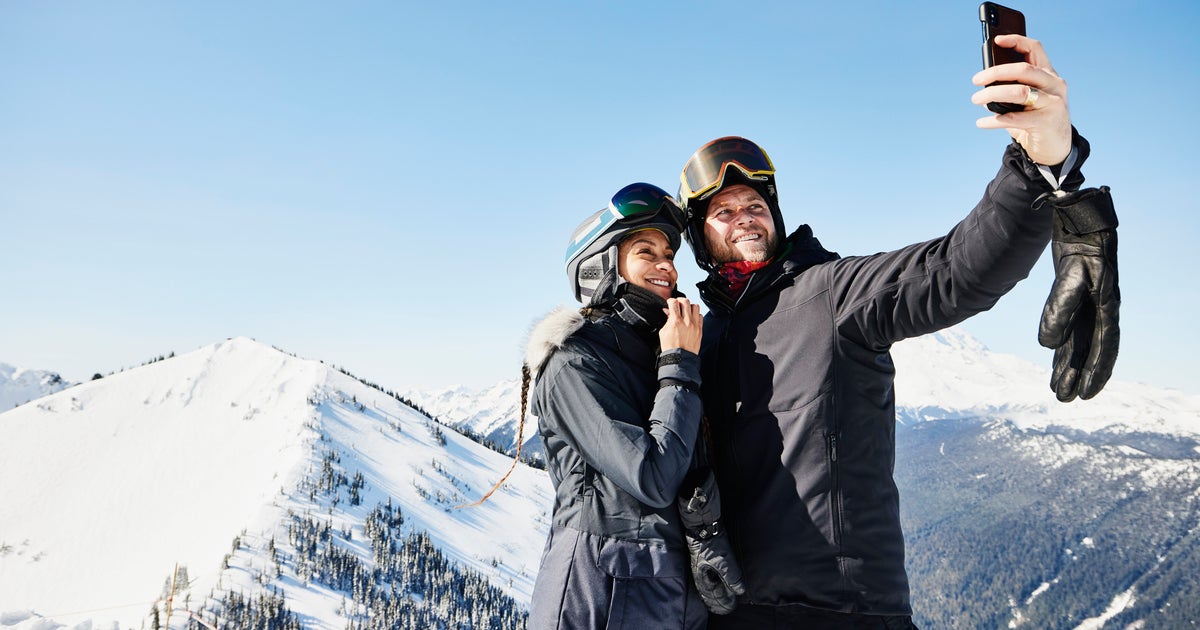Fitness
In defense of the expensive fitness club – it’s for more than a workout

Sweat and Tonic, Shuter St location in downtown Toronto.Supplied
Jay McCauley knew almost nobody in London, England when he moved there from Toronto a year ago. But the 24-year-old global ambassador for telecom giant Telus had a plan to make friends: a members-only fitness and health club.
Back home, fitness classes such as Barry’s BootCamp had become a great way to meet new people. So in London, he went all in and signed up for KX Gym, the ritziest club he could find. It sets him back £700 (roughly $1,000 Canadian) per month, but he still calls it the best investment he has ever made.
At KX, McCauley does a daily weightlifting session, biweekly yoga and a handful of sound bath sessions per month. Then, he occasionally spends time in the facility’s spa or restaurants: privileges reserved only for members, each christened as such after a vetting process involving reference letters and a phone call with the club’s owners.
McCauley calls his KX outings cathartic, calming and effective. The high fees compel him to work out twice as much as he did before, which he says has boosted his strength and fitness. The membership has also helped him make new friends such as training partners, co-workers and even restaurant owners who have shown him some of the best spots in London. At times, he feels as if the monthly £700 fee buys him a key to the city.
“I’ve gotten the money back through the networking and connections I’ve made with people who are members there,” he says. “It’s a cool community, plus, it’s my top form of self-care.”
McCauley is part of a wave of Canadians who, despite feeling queasy about personal finance as cost of living remains high, splurge at the gym. It is a byproduct of a trend as the pandemic receded of spending more on experiences and less on material goods, leading people to flock to pricey, boutique fitness centres that offer a good workout and an even better hangout.
Through one-on-one training sessions, candlelight yoga and drinks with names such as “big green energy” and “collagen lift,” these pricey offerings have helped the fitness industry in Canada nearly double in value since 2022, even though fewer Canadians hold gym memberships now than they did in pre-pandemic times.
Sweat and Tonic at The Well in Toronto.Supplied
As a distance runner who stays fit nearly for free (if you discount shoes, clothes and the occasional jar of anti-chafe cream), I used to roll my eyes at people dropping a few grand per year to do squats and drink smoothies. But I am learning that the draw of these fitness clubs may stem less from the workouts themselves, and more from their ability to satisfy desires once at relative odds: to be social and to be fit.
McCauley’s club, KX, does have a Canadian arm, and similar offerings here are also gaining steam. On the more conservatively-priced end of luxury wellness clubs is Orangetheory Fitness, a brand with gyms across North America, whose most comprehensive membership including a variety of fitness classes costs $219 per month.
A tad more posh is Altea Active, a wellness club whose slogan (not just a gym membership: it’s an experience), betrays the extensiveness of its offerings. Diamond-level members pay up to $300 per month for perks such as unlimited fitness classes, personal trainer help, body composition scans, pool time, steam rooms, in-house child care and member-only events.
Even more prohibitive is the Club Transcend membership at Sweat and Tonic, which grants holders unlimited access to classes such as spin, yoga, personal training, as well as a range of esoteric treatments such as IV therapy, hot and cold therapy, and red light therapy for a staggering monthly price of $1,250.
Cheyenne Freitas, a 31-year-old public relations professional from Vaughan, spends roughly $350 per month on fitness between a $200 membership to a Yoga studio, $100 on spin classes, $30 on a personal training app and the occasional outing to Barry’s BootCamp with a friend.
Altea Fitness club in Vancouver.Albert Law/Supplied
Freitas used to spend just $50 per month on wellness, all on a Goodlife Fitness membership. But a few years of pandemic-induced relative social isolation, coupled with a move from the suburbs to downtown Toronto, enticed her to commit more time and money to ritzy wellness clubs. It helped that spin or yoga classes became a regular outing inside of her friend group.
She writes off the premium as money she previously would have spent at restaurants and bars: “I feel like people my age are doing workouts together instead of drinking or going out, and the fact that these clubs have such cachet encourages that even more,” she said.
At her spin club, called Ride, people cycle in a dark room with strobe lights and blaring EDM music: “That one feels more like a concert than a cycling workout.”
When we think of exercise as a social hobby, a monthly investment of $300 suddenly feels justified. It is the rough cost equivalent of one night at the bar per week; bimonthly outings to the theatre or buying one mid-to-high-end piece of clothing per month. If you think of it as an entry to a club, it becomes a sweaty version of a Soho House membership.
Because, of course, people do not have to spend so much money to be fit. A monthly pass to Planet Fitness, a basic workout chain with cardio machines and weightlifting equipment, can cost as little as $15. A Goodlife Fitness membership, like Cheyenne Freitas once had, still costs barely $70 per month.
Morgan Atwater, a public relations professional from Halifax, gets everything she needs out of her membership to the YMCA, which sets her back $69 monthly. She began frequenting her gym in 2022 because she received a complimentary membership as a perk of her then-job.
Altea Fitness club in Vancouver.Albert Law/Supplied
When she left that role last February, she chose to begin paying the monthly fee because the YMCA helped her, as someone who lives alone, stay fit and make friends. She said her three group fitness classes per week – often cardio or yoga – may not have the glitz of an upscale social club, but they offer similar health benefits, and have allowed her to become friends with a range of people – namely work colleagues, a university student and even a judge.
She believes the affordable price opens the doors for an eclectic group of members of varying financial backgrounds and fitness levels. For her, too, it’s the friendships that justify her monthly fee.
“I don’t think you have to spend any money to be fit, now that there are fitness apps, YouTube videos and running clubs everywhere. I mostly pay $69 per month for the belonging aspect.”
Freitas agrees: “You are not necessarily paying for superior fitness. You are paying for a social experience,” she said.









